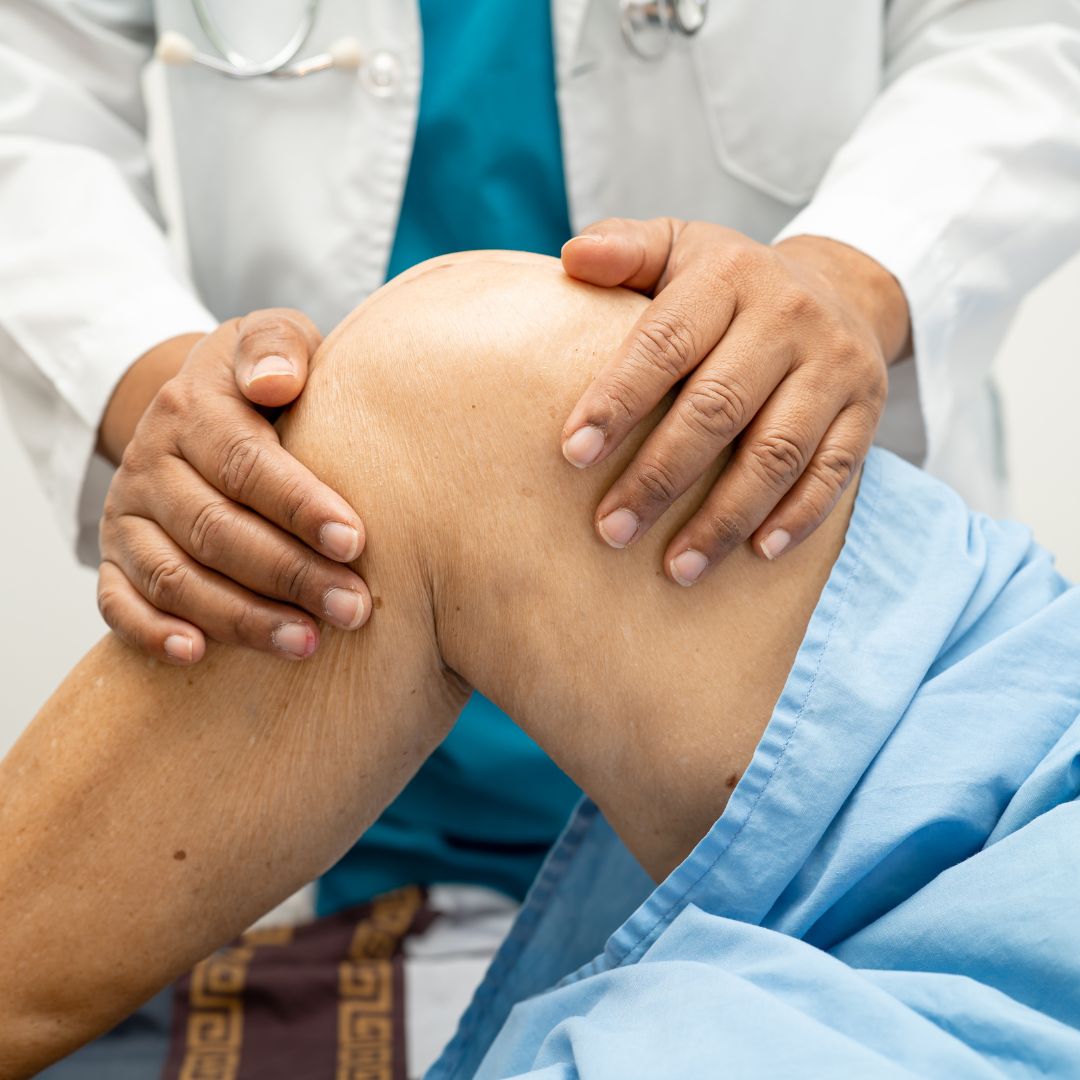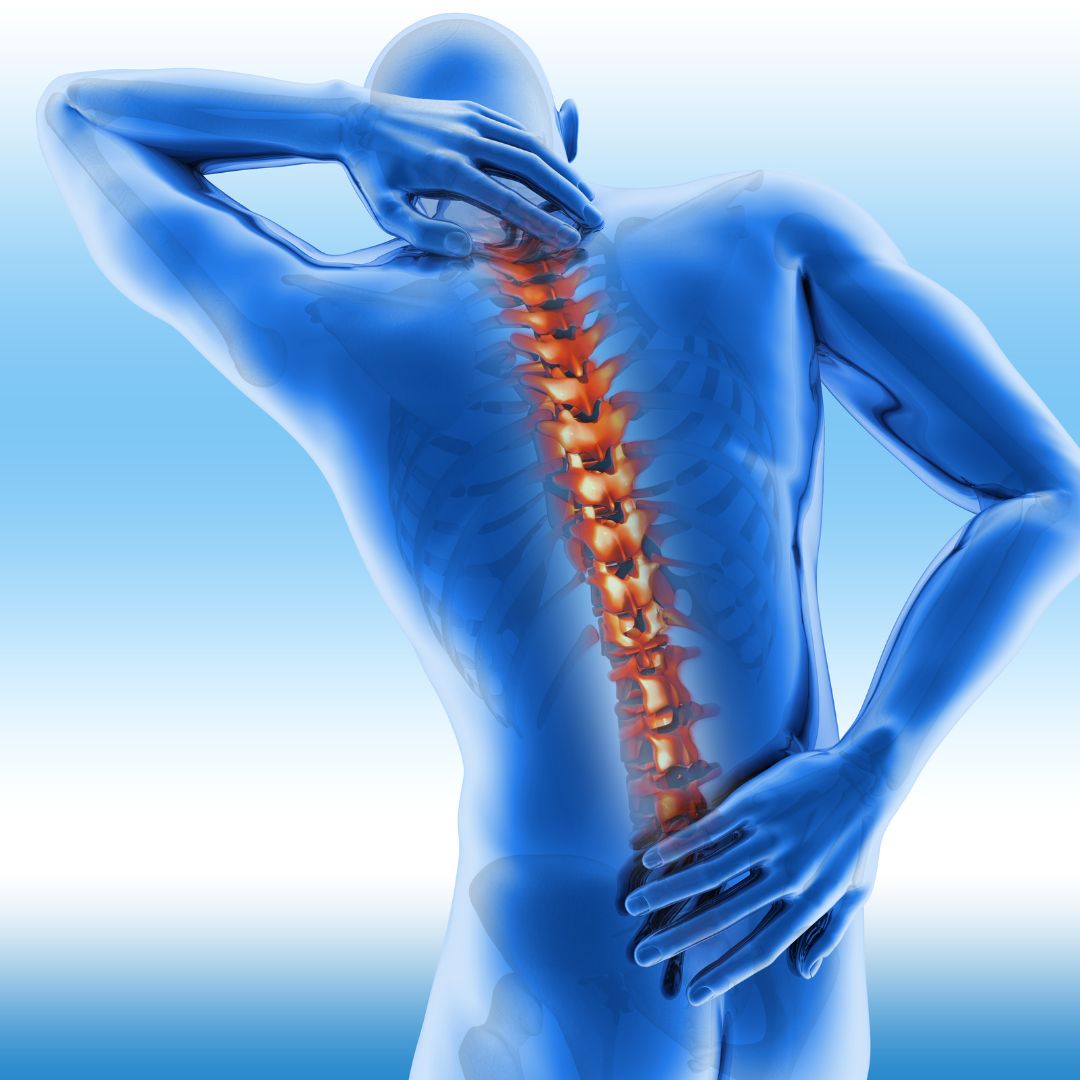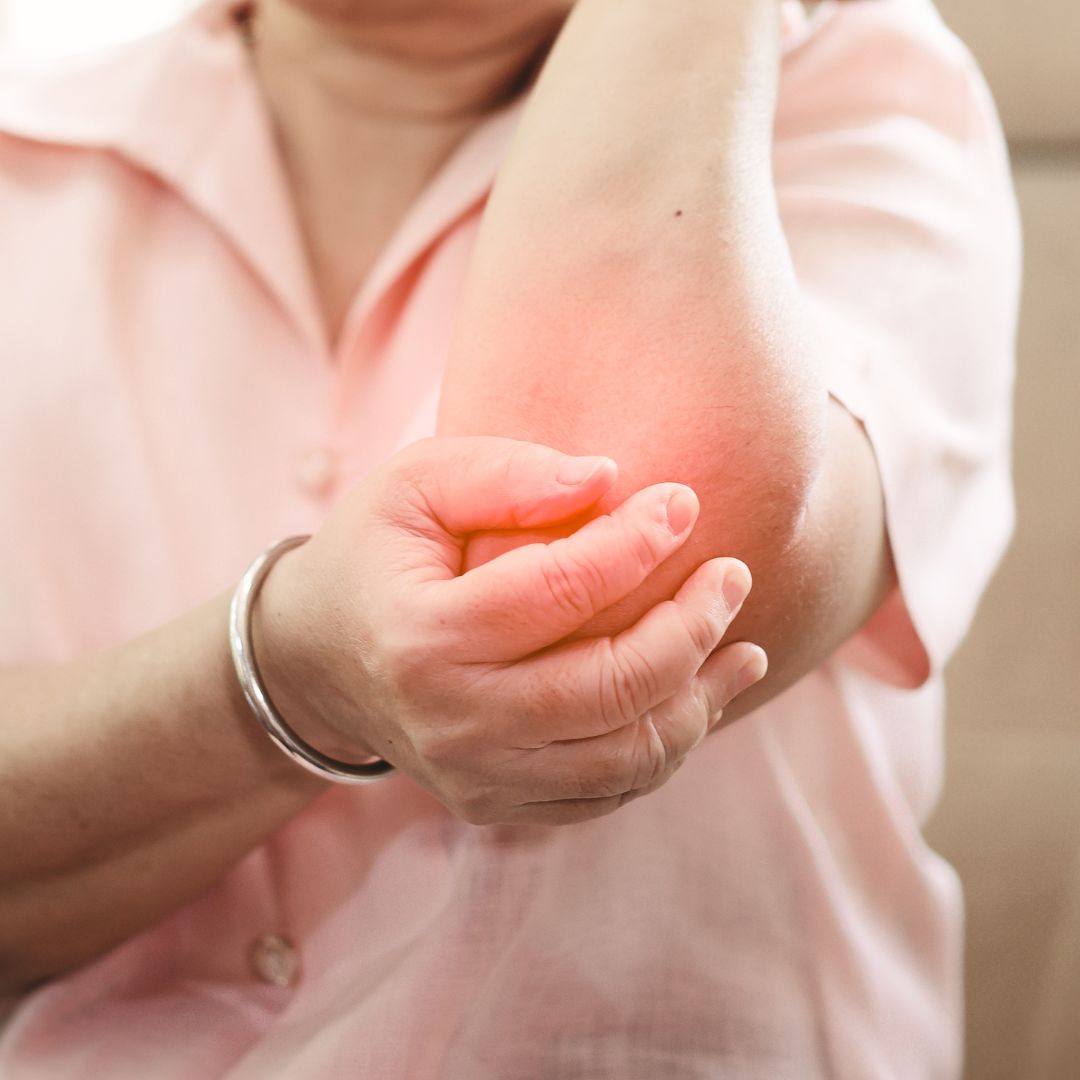What is Arthritis?
Arthritis means inflammation of the joint (“artho” means joint and “itis” means inflammation). Inflammation involves pain, stiffness, redness and swelling. Arthritis is a disease that can occur in any of the joints in the body and is most common in the hip, knee, spine and other weight bearing joints. Arthritis can also affect fingers and other non-weight bearing joints, although it is not as common.
Symptoms of arthritis include joint pain, swelling, stiffness, and fatigue. If arthritis is left untreated, it may lead to joint damage, destruction, and disability. There are forms of arthritis that can also affect the body’s internal organs.1
Types of Arthritis
There are over 100 different conditions of arthritis that range from mild forms of tendinitis to crippling systemic forms of rheumatoid arthritis.2
Osteoarthritis
Osteoarthritis is the most common type of arthritis, which affects more than three million Canadians. It is known as the “wear and “tear” form of arthritis that happens when your joints are overused. Usually, this happens due to age, joint injuries or carrying extra weight that puts stress on your joints.3
Weight bearing joints such as your knees, hips, feet and spine are the most common places for osteoarthritis. The disease may occur gradually over months or years. The major symptom is “pain” in the joints but you do not feel sick or have fatigue like with other forms of arthritis.
How does Osteoarthritis Occur?
Symptoms of Osteoarthritis
Symptoms depend on which area of the body has been affected but the following are some common. You may experience:
- Deep aching pain
- Trouble dressing, combing hair, getting a firm grip on things, bending over, squatting, getting up on stairs
- Stiffness in the morning for less than an hour
- Feeling pain when walking
- Stiffness after resting
- Your joints may feel warm to the touch, become swollen and hard to move, and have limited range of motion.
Rheumatoid Arthritis
Rheumatoid arthritis is an autoimmune disease where your body’s immune system attacks your joints and causes inflammation. When untreated, it can cause severe joint damage. One out of five rheumatoid arthritis patients get lumps on their skin that form over joints that are under pressure such their knuckles, elbows or heels.
How do Symptoms of Rheumatoid Occur?
Doctors are unsure of the exact cause of rheumatoid arthritis, but some experts believe that a bacterial infection may confuse the immune system, causing it to mistakenly attack the joints.
Symptoms of Rheumatoid Arthritis
Coping with Arthritis
Whatever form of arthritis you have, it is easier to stay ahead of the pain if you are proactive about your condition. The first step should be to talk to your doctor about your symptoms openly and give them complete information about any medications and/or supplements you are taking. Make sure to ask your doctor to diagnose the specific type of arthritis.
Be Mindful of Your Daily Activities
Monitor your everyday routines and try to integrate some gentle exercise into your evenings. This will help you feel less stiff in the mornings. When you are sitting still at a desk or watching television, make sure to adjust your posture, tilt your neck from side to side, change positions of your hands, knees, and legs.
Pace yourself when performing a specific activity like rolling dough or vacuuming as it can lead to overuse of a single joint. Make a habit of standing or walking around every half and hour or so.
Live a Healthy Lifestyle
Managing a healthy weight is also very important as extra weight can put additional pressure on your joints. Additionally, if you are a smoker, create an action plan to quit as smoking causes stress on your connective tissues.
Certain types of exercises can decrease your pain, improve range of motion and increases the strength of your muscles. Work with a physical therapist specialized in arthritis rehabilitation to come up with a regimen that focuses on stretching, range of motion exercises and progressive strength training.
Low impact exercises like speed walking, cycling, swimming should be encouraged to help your weight and mood while high impact exercises like running, jumping, tennis, high-impact aerobics should be avoided.
Get Temporary Relief
To get temporary pain relief from arthritis pain, you can ask your doctor to formulate a medication plan that addresses your symptoms. Over the counter pain medications and topical analgesics can be used to relieve joint aches. It is a good habit to make a note of all the medications you use and share it with your doctor so you do not run the risk of over or under medicating.
References
Information on this page was compiled from http://arthritis.ca/understand-arthritis/about-arthritis and http://www.mayoclinic.org/diseases-conditions/arthritis/in-depth/arthritis/art-20046440






